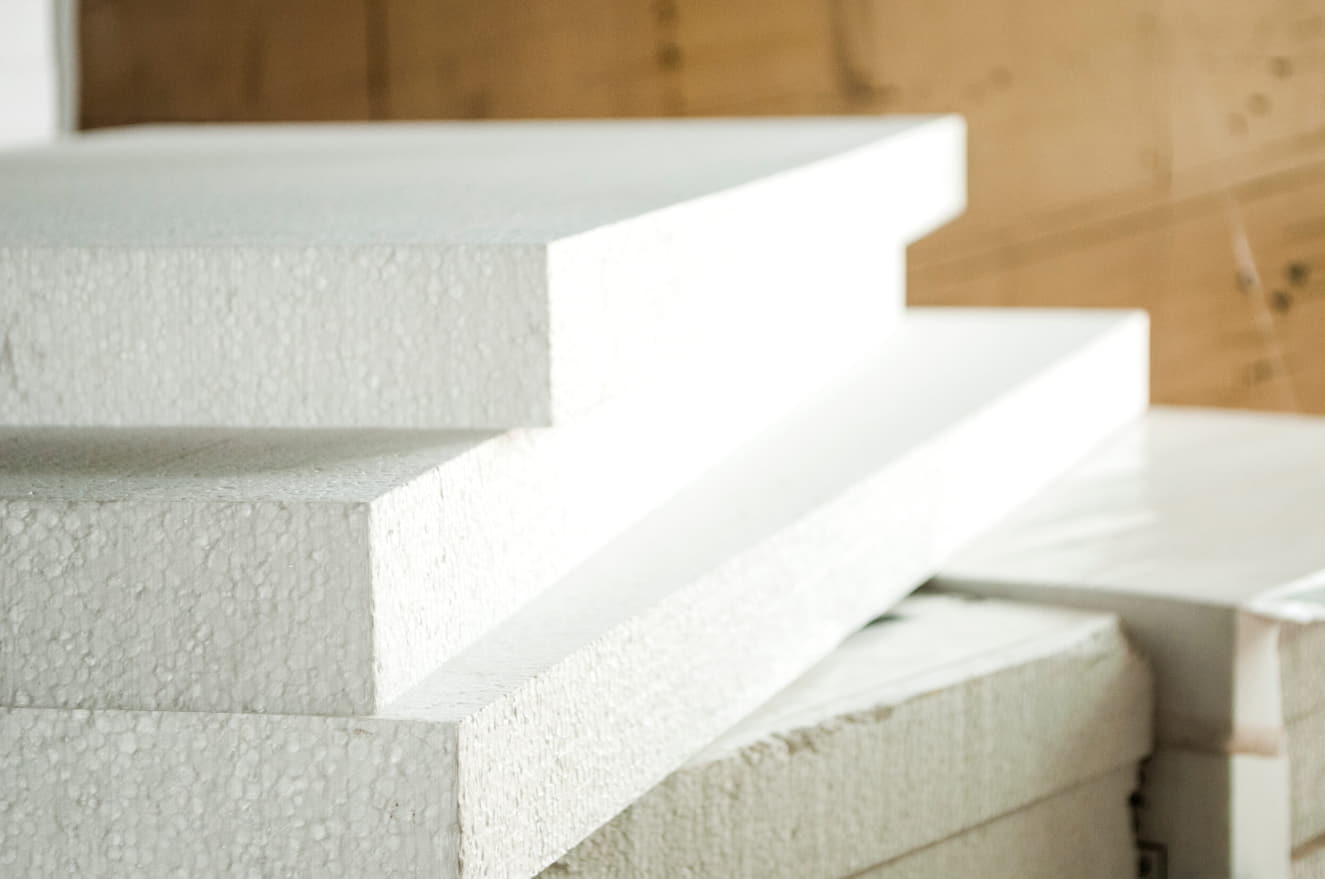Energy efficiency is a hot topic in today’s world and for a good reason. As we become more conscious of our environmental impact and energy costs continue to rise, finding innovative solutions to reduce energy consumption in buildings is crucial. One such solution that’s gaining traction is expanded polystyrene (EPS). In this blog, we’ll explore how it can play a pivotal role in improving energy efficiency in buildings.
Enhanced Thermal Insulation
One of the primary ways polystyrene contributes to energy efficiency is through its outstanding thermal insulation capabilities. EPS serves as an effective thermal barrier, preventing heat from escaping during the colder months and keeping unwanted heat out during summer. This means reduced reliance on heating and cooling systems, resulting in lower energy consumption and cost savings.
Moisture Resistance
Another advantage of EPS is its moisture resistance. Properly installed EPS insulation helps prevent moisture infiltration, which can lead to mould and structural damage. A dry building is not only healthier for occupants but also more energy-efficient. Wet insulation loses its effectiveness, making the building work harder to maintain a comfortable temperature.
Lightweight and Easy Installation
EPS is lightweight and easy to work with, making it a preferred choice for builders and contractors. Its ease of installation translates to reduced labour costs and a shorter construction timeline, further contributing to overall project efficiency.
Versatility in Construction
EPS is incredibly versatile and can be used in various building components, including walls, roofs, and floors. This adaptability allows architects and builders to integrate it seamlessly into their designs, ensuring energy-efficient solutions without sacrificing aesthetics.
Sustainability
In an era where sustainability is paramount, EPS has eco-friendly advantages. It is recyclable and often contains recycled content, reducing its environmental footprint. Its longevity and durability also mean fewer resources are needed for replacements or repairs over time.
Cost-Effective Solution
Building or renovating with EPS insulation offers a cost-effective solution for long-term energy savings. The initial investment in quality insulation pays off through reduced energy bills, making it an attractive choice for both homeowners and commercial property managers.
Conclusion
As the world seeks ways to reduce energy consumption and mitigate climate change, expanded polystyrene has emerged as a reliable ally in improving energy efficiency in buildings. Its exceptional thermal insulation, moisture resistance, versatility, and sustainability make it a compelling choice for modern construction projects.

